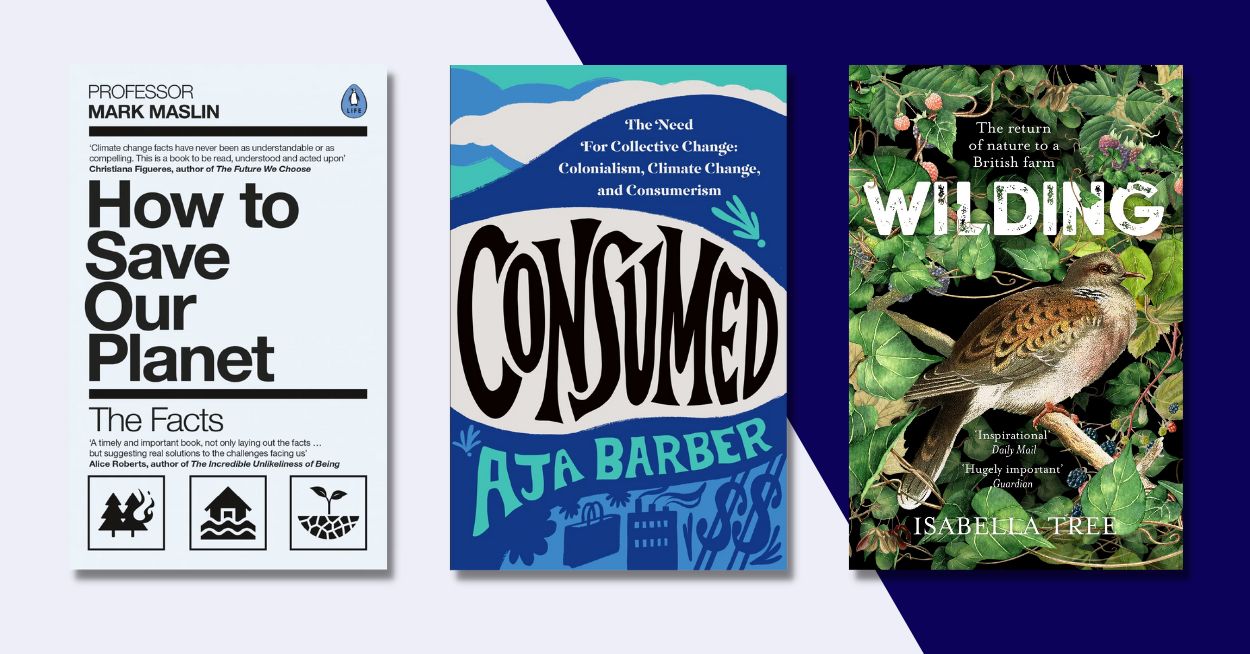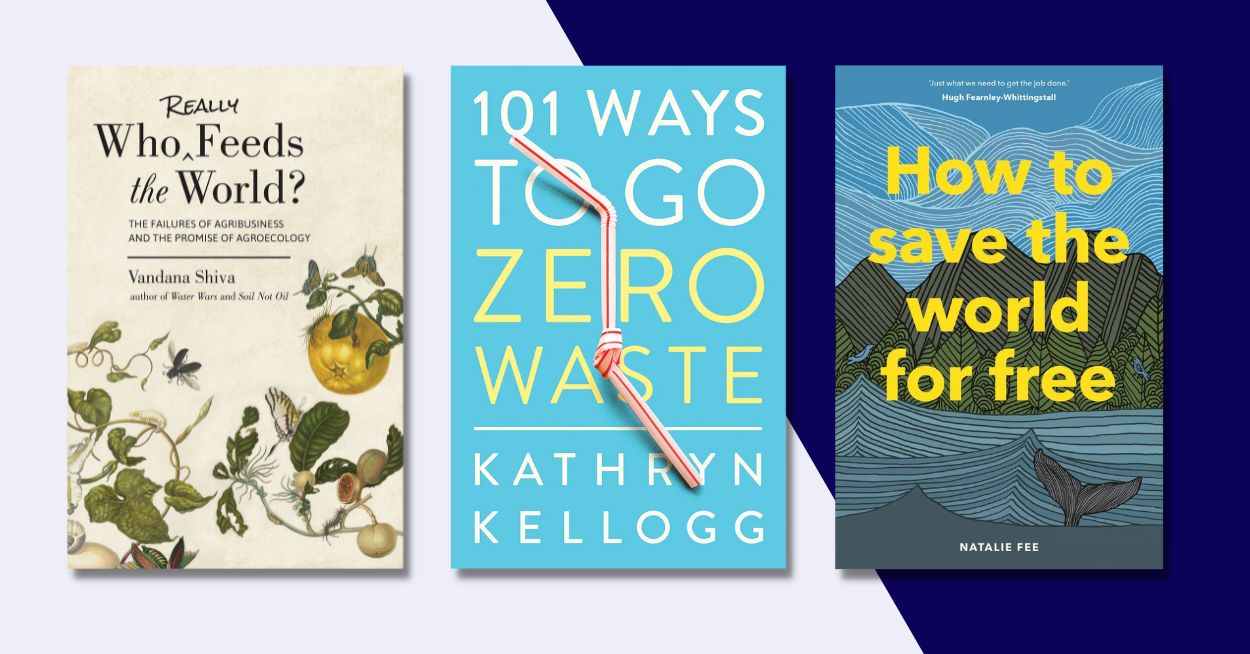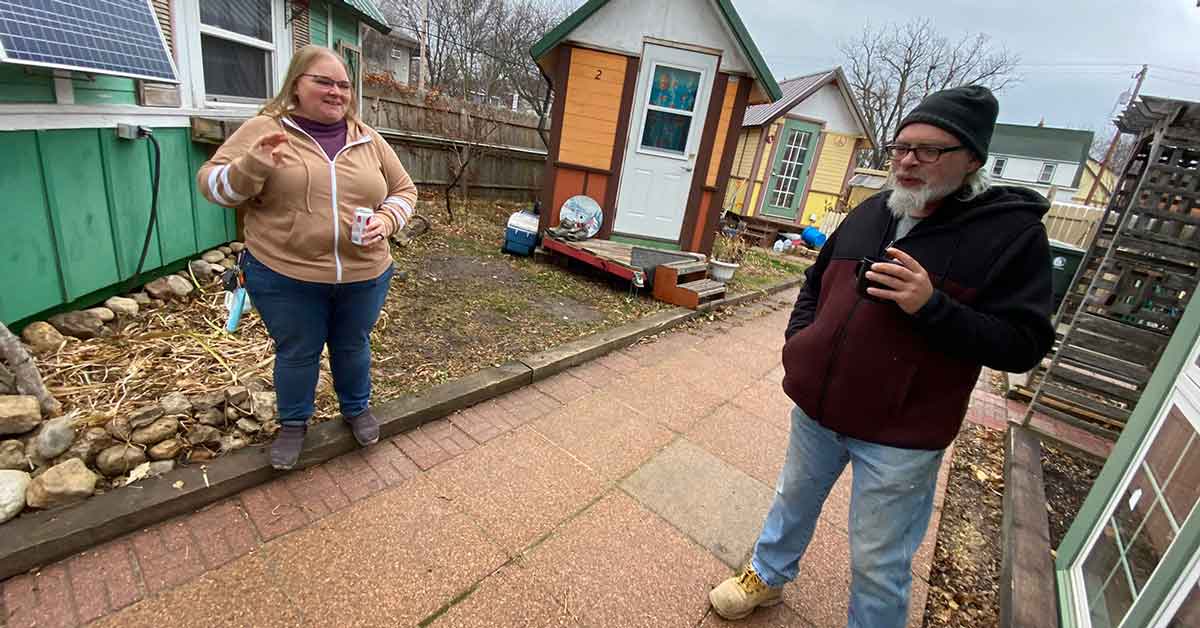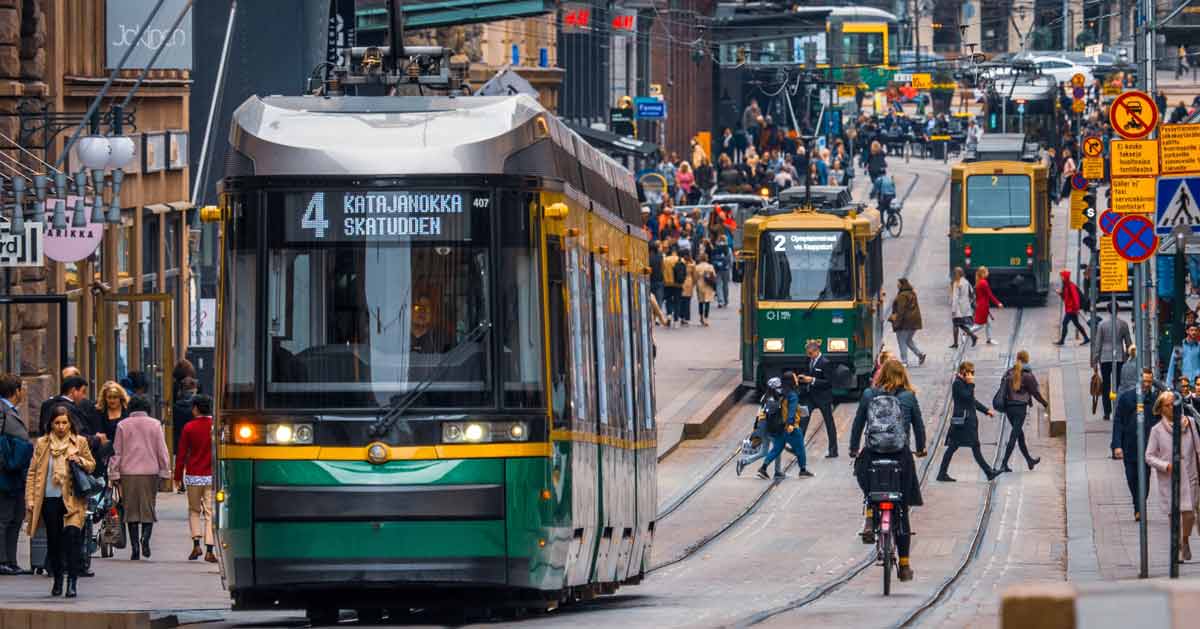People experiencing homelessness are often marginalized and stigmatized in our society — but they are human beings, just like anyone else. They have hopes and dreams, fears and challenges, and they are worthy of dignity, respect, and basic necessities.
Oftentimes access to resources is inaccessible — and providing essential care kits is a way to help provide immediate assistance to strangers you encounter in your day-to-day life.
Care kits provide essential items for people experiencing homelessness. Things like toiletries, nutritious food, hand warmers, first aid supplies, and clean socks and clothing can help to improve their quality of life and make their daily struggles a little easier.
In addition to the immediate benefit of providing essential items, care kits can also help to foster a sense of community and connection. By creating and gifting these kits, individuals and organizations can show that they care about the well-being of their neighbors and fellow community members experiencing homelessness — and are willing to take action to help them.
This can help to reduce feelings of isolation and loneliness among individuals experiencing homelessness, reduce stigmas around homelessness, and help to build bridges between different members of the community. Plus, they can often create opportunities for deeper connection and conversation.
We spoke with Dr. Robin Dickinson, MD — a family physician who founded the first and only free clinic in Englewood, Colorado, which primarily serves people who are experiencing homelessness or housing insecurity. (She prefers to go by Dr. Robin.) Dr. Robin also runs Dr. Robin’s School, an online human biology program for kids, and works as a parent coach, helping families raise children who care.
We’ve compiled a list of items worth including in a homeless care kit — and included direct links to product recommendations.
The process of creating these kits can be fun and rewarding — and can be done as an activity with friends or family. And once completed, these kits are perfect for keeping in your car or backpack so they’re easily accessible when the opportunity to gift them arises.
Some of the links in this article are affiliate links, which means we may receive a commission if you make a purchase. This allows us to continue providing resources like this for free. Thank you!
Packing List: What to put in a care package for people experiencing homelessness
Here’s a quick high-level overview of items to include in your kit.
We’ve linked to Amazon for convenience, but you can pick these items up wherever is convenient for you (perhaps at a local business or convenience store!).
Must Haves:
- High-quality waterproof bag
- Food
- Personal hygiene products
- Medical supplies
- Socks
- Menstrual hygiene products
Nice To Haves:
- Pet food
- Note
- List of resources
- Hand warmers
- Money (more on this below)
Alright, now here’s a breakdown of each item:
Waterproof Bag

For the sake of convenience, you’ll want to put all of your resources into a singular container — and the most helpful and practical container is a waterproof bag.
This will ensure the contents of the bag stay air-tight and dry — and that the bag itself can be repurposed as something helpful as well.
A small-to-medium-sized waterproof backpack can be an awesome asset — but for most kits, a gallon-sized Ziplock bag will serve the primary purpose and be most cost-effective.
“We pack in gallon Ziplock bags — the real, name brand ones — because they are waterproof for storing the items, fit easily in a backpack, and will be useful even once the items in them are used up,” says Dr. Robin.
We recommend:
Food
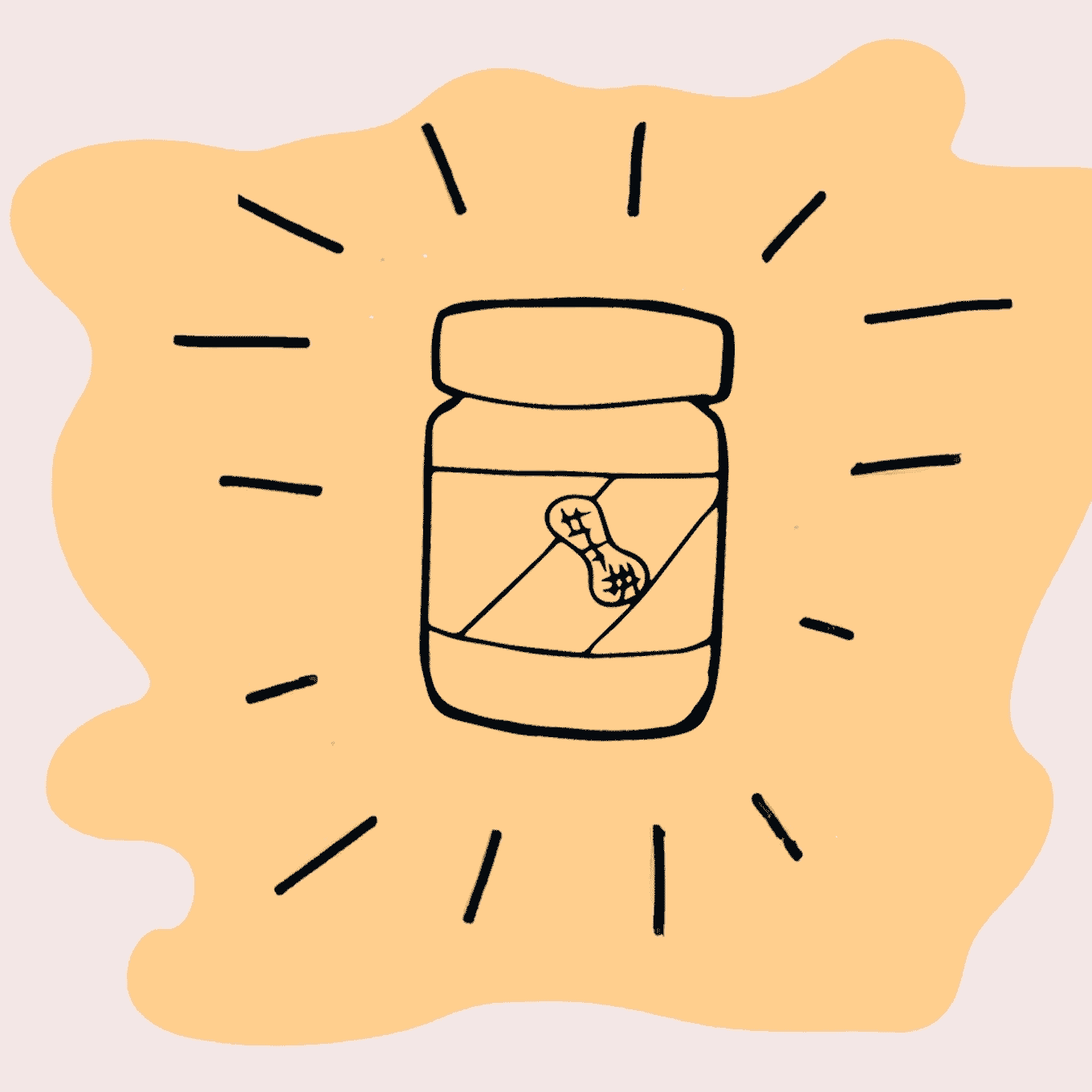
Whether your recipient eats the food you give them right away or in the future — you can feel good about helping ensure someone no longer has to feel hungry.
If you live in a warm climate, be mindful of food that might easily melt in the sun. Also, be considerate of people with allergies. You may consider including multiple different types of food so that someone who is vegetarian, has a gluten allergy, or has a nut allergy will have something they can eat.
It’s also worth noting: Many people experiencing homelessness don't have easy access to dental care — so consider not including any overly hard or chewy foods.
We recommend:
- High-protein, low-sugar protein bar
- High-calorie MRE
- Single-serve peanut butter in squeeze packs or to-go cups
Personal Hygiene Products

It’s easy to take everyday essentials like soap, toothpaste, or hand sanitizer for granted — but they can be a game-changer for someone without easy access to them.
These products, in particular, are really easy to buy in bulk — as they’re already sold in bulk for hotels, Airbnbs, and nonprofits.
We recommend:
- Travel-size shampoo (we recommend including multiple — as these are small)
- Soap sheets
- Soap bar
- Toothpaste
- Hand sanitizer
Medical Supplies
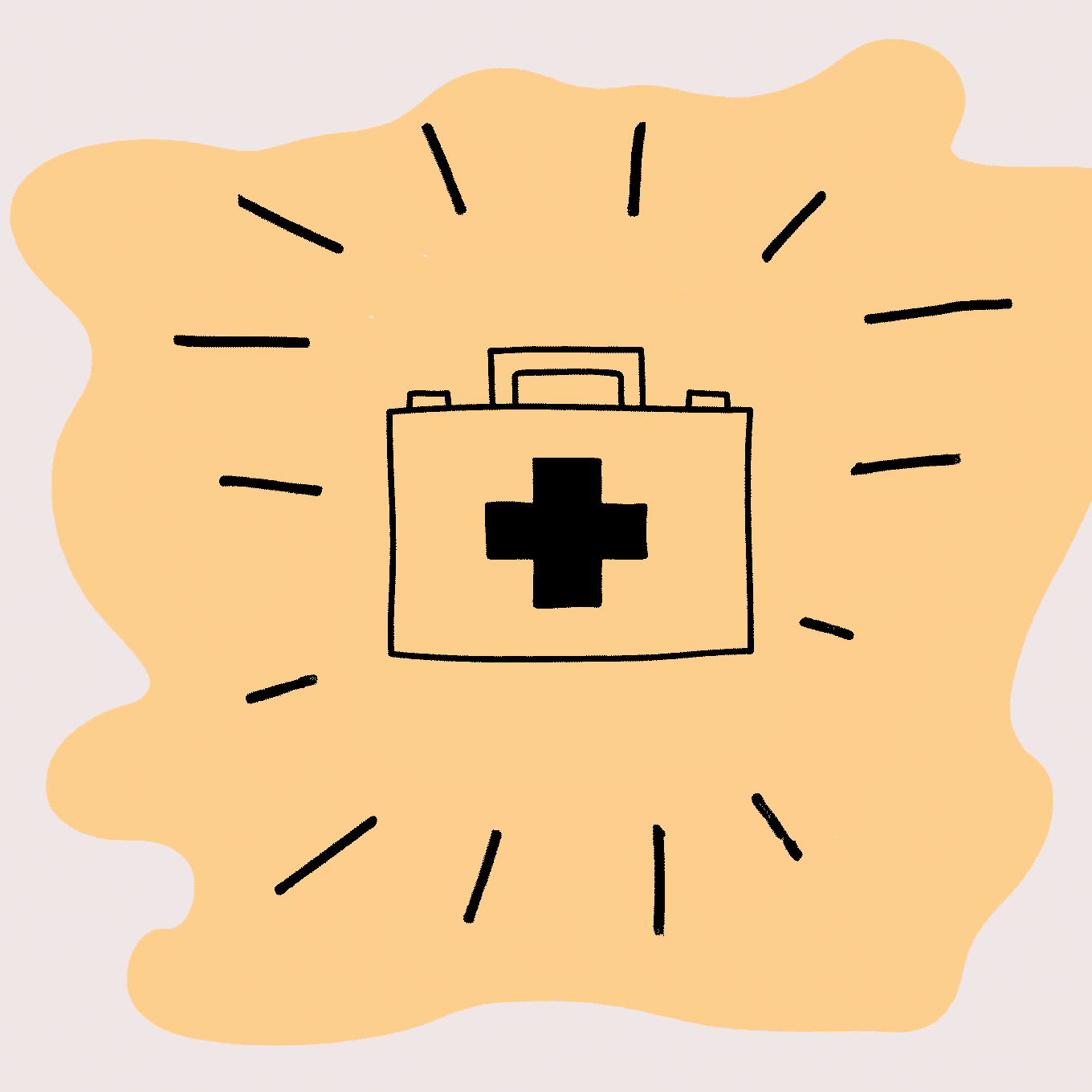
It’s not easy to access medical attention when you don’t have money (or if you have to spend your time trying to get work so you can make money). While access to medical and health care should be made more accessible, ensuring that more people have access to basic first-aid supplies can make a huge difference.
These products can help solve existing health concerns or prevent future potential problems.
Dr. Robin says “Ointments, in particular, are stupidly expensive [at regular stores] but can be purchased for a dollar at the dollar store.”
We recommend:
- N95 masks
- Sunscreen
- Wound cleaning wipes
- Antibiotic ointment
- Hydrocortisone cream
- Antifungal cream
- Adhesive bandages
Socks

As you’ve no-doubt heard from a million Bombas ads, new socks are the number one most requested item at homeless shelters.
You can imagine how helpful it can be to have a new, clean, dry pair of socks to swap out with potentially wet, hole-y, and dirty socks. New socks can be pretty affordable and make a huge difference.
In fact, even if you can’t put together an entire care kit, keeping extra pairs of socks in your car or backpack to gift people can be a great idea.
(We’ve also created a guide to the best socks that give back!)
We recommend:
Menstrual Products
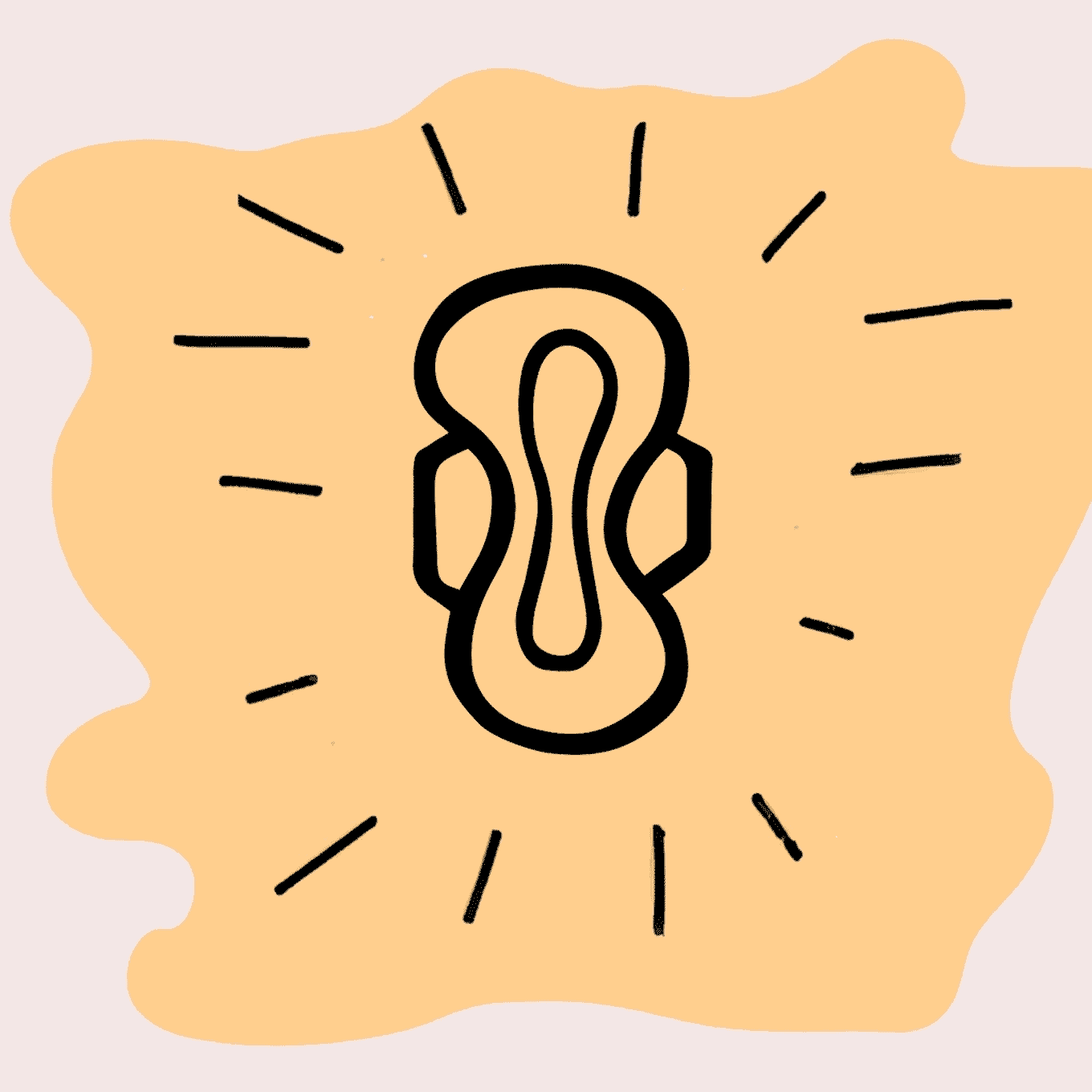
Period products aren’t accessible to everybody — but they should be. (Learn more about “period poverty” and some of the solutions being implemented to combat it.)
“For women of all ages, we add feminine hygiene supplies. They can use the pads for incontinence as well as periods and if they don’t need them, they doubtless know someone who does,” says Dr. Robin.
There’s no reason not to include them in all of your kits, regardless of gender. Because trans men may use them — and whether or not someone needs them personally, they may be supporting someone who does.
We recommend:
Pet Food
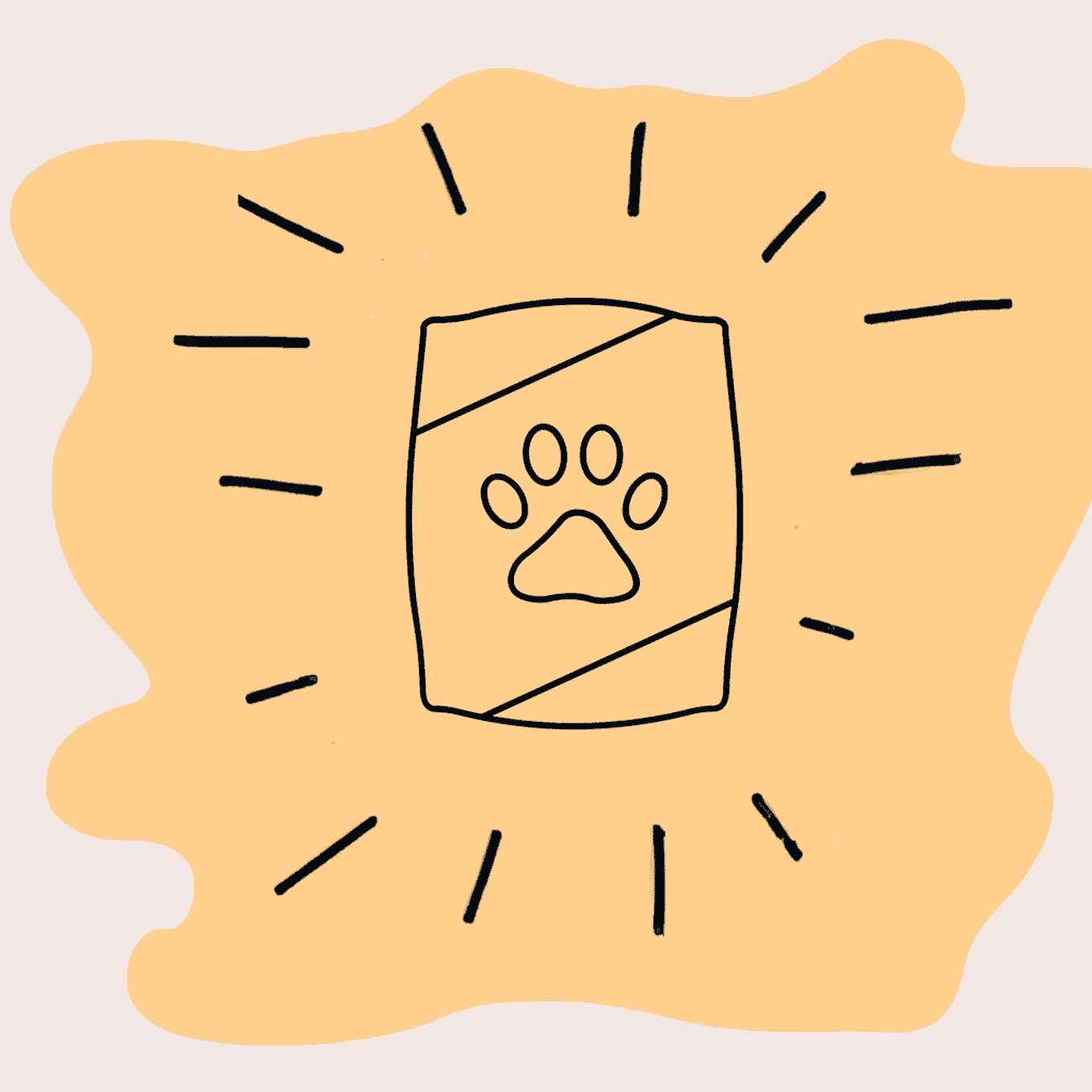
You can also help provide for your recipient’s pet companion by keeping bags of pet food in your car — so you can easily add them to your care package when you see someone with a dog or cat.
Dr. Robin says that she uses dry cat food for people with dogs and cats, because cat food is safe for dogs, but not vice versa.
We recommend:
- Small packets of cat food
- Large bag of dog food (separate into small Ziploc bags and label with nutrition facts)
Note & Resource List

You can go beyond providing for someone’s material needs by leaving a kind note for them, with a reminder that they are important. This is also a great activity to do with kids.
Dr. Robin says, “The note from my kids I leave entirely to them but they usually draw a picture and write something like ‘I care about you.’ or ‘You matter to me.’ That’s something we all need to hear.”
Similarly, you can also provide a sheet of paper with a list of resources available in the community. This could be a list of shelters, social services from libraries and community centers, church resources, or food pantries. Last year during heat waves in my city, I printed out a list of nearby cooling shelters.
Money
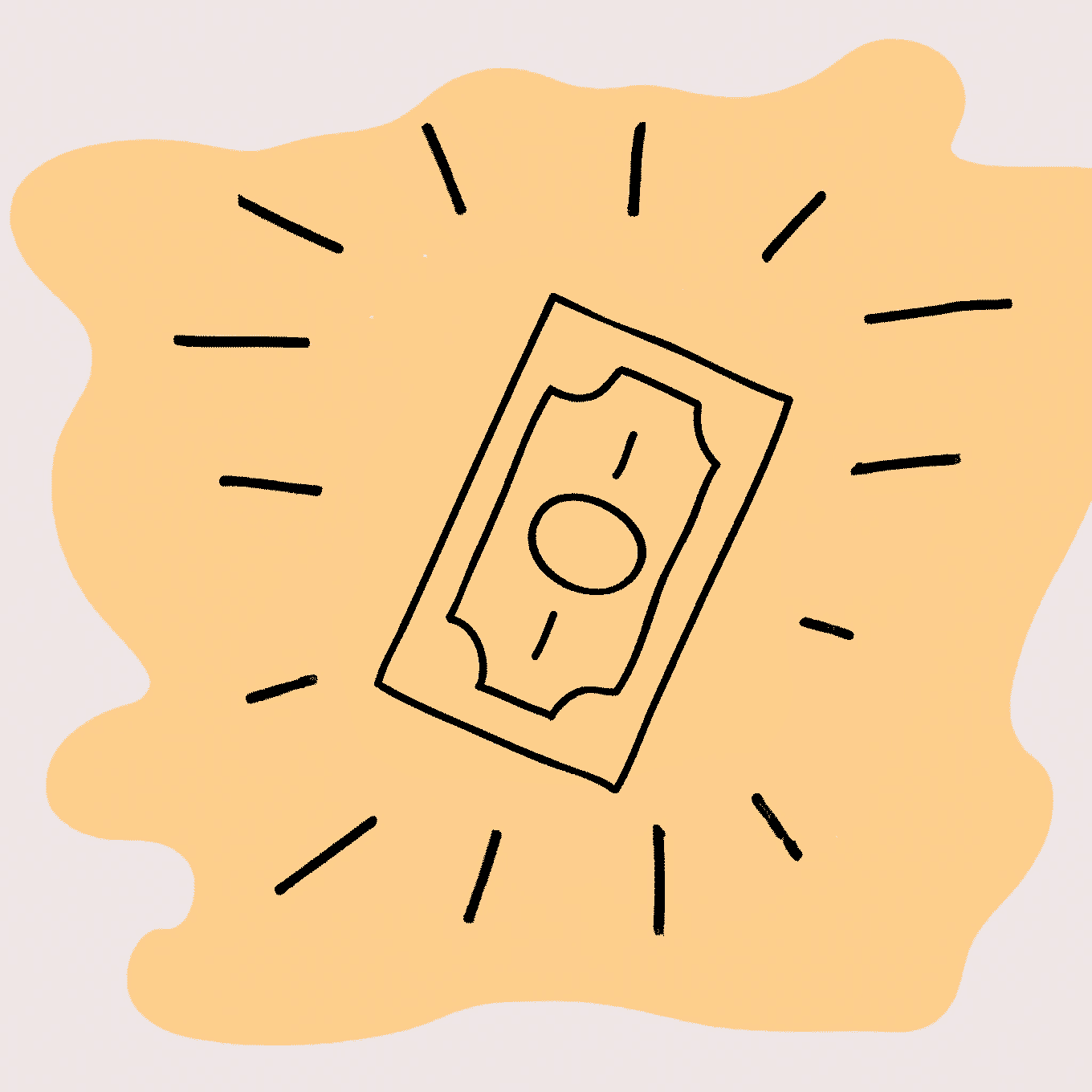
While it’s common to hear people say, “Don’t give money to homeless people. They’re just going to spend it on drugs!” — the reality is actually the opposite. A recent study found that people who received direct cash assistance experienced higher rates of food security, were able to access stable housing faster, and actually saw a 39% decrease in spending on alcohol, cigarettes, and drugs.
“People who are homeless have a budget too and they are adults who can choose how they can best use the money. I use some of my money on chocolate bars I keep hidden in my desk. Maybe you use some of yours on alcohol. Who are we to police what someone else buys?” says Dr. Robin.
“Cash is useful because people can often use it to gain access to a garage to stay for the night, necessary toiletries that aren’t covered by SNAP, etc.”
Another common misconception is that people can rake in significant amounts of money by panhandling — but another study published in the Canadian Medical Association Journal found that this is almost never the case.
If you still aren’t comfortable giving someone cash, you can always include a gift card to a fast food restaurant or local grocery store. Just try to be mindful of how accessible the nearest restaurant or grocery store is for someone without a car (especially if they may have mobility issues).
We recommend:
- A $10 or $20 bill
- Fast food gift card
- Printable grocery store gift certificate
- Pick up physical grocery store gift cards on your next grocery run
Extra things to keep around:
Toys or Books for Kids
If you have a kid, you might have some old toys or books lying around your house. Consider keeping a few small toys or books in your car in case the opportunity to gift one arises.
We recommend:
- Secondhand toys
- Old toys you (or someone you know with kids) already own
Bottles of Water
Just be mindful of the fact that many plastic water bottles shouldn’t roll around in your trunk for a long period of time — especially during hot weather — because some chemicals can leach into the water.
We recommend:
Hand Warmers
There’s no worse feeling than being so cold you can’t feel your hands anymore. Hand warmers are a small, inexpensive gift that can quickly turn a bad day around. Buy a box in bulk and include a few packets in your care kits during fall and winter months.
We recommend:
Pre-packaged homeless care kits:
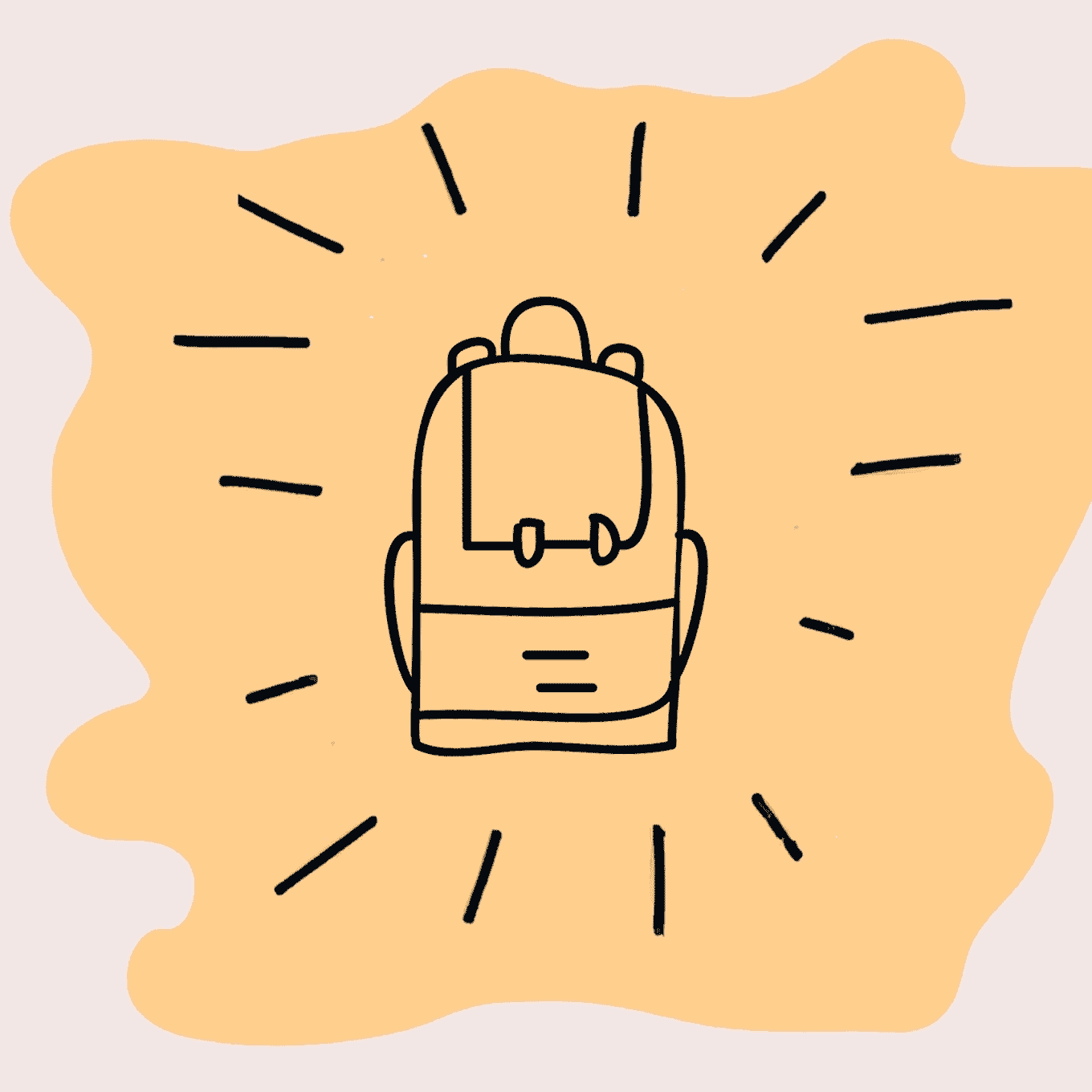
You are under no obligation to spend hours organizing and building your own care packages. As long as people are getting access to helpful resources, it doesn’t matter if it was hand-packed or purchased in pre-made bundles.) If you want to get started helping people right away, the good news is that you can buy pre-packaged care packages that are ready to give.
To be honest, none of the options we’ve found so far are perfect — but perfection is the enemy of progress. You can buy any of these pre-packaged kits — and if you find that it’s missing something important or needs a high-quality swap, you can simply add in some extra items you purchased separately.
We recommend:
- Kit with toiletries
- Kit with toiletries + socks + food
- Kit with toiletries + backpack + winter supplies
- Kit with toiletries + backpack + winter supplies + more
You might also like these positive quotes:
Quotes about homelessness | Quotes about poverty | Quotes about hunger | Quotes about making a difference


